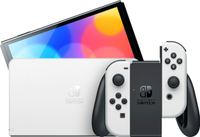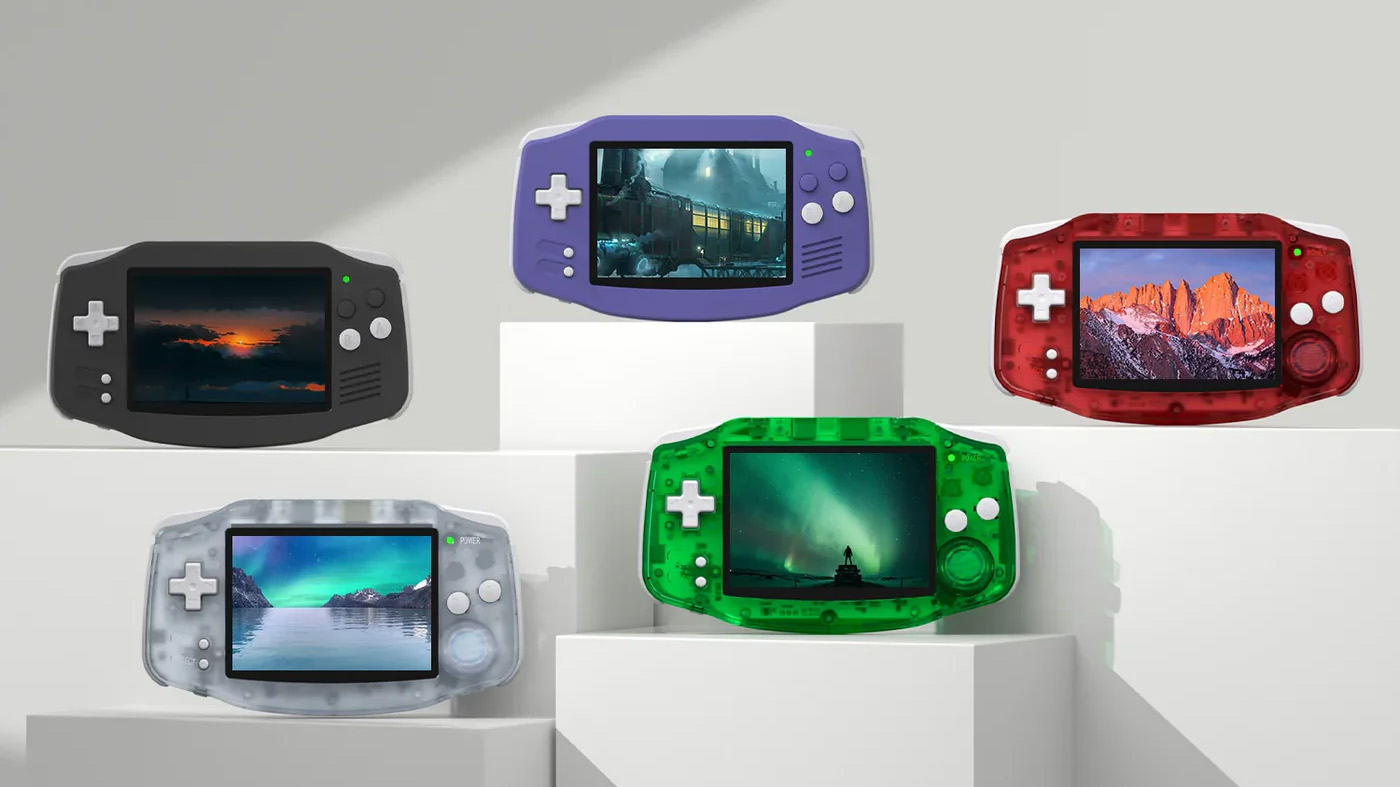Switch vs. Switch 2: Is Nintendo's new console worth the upgrade?
Not enthused by the new chat and camera features? An upgrade may still be in the cards
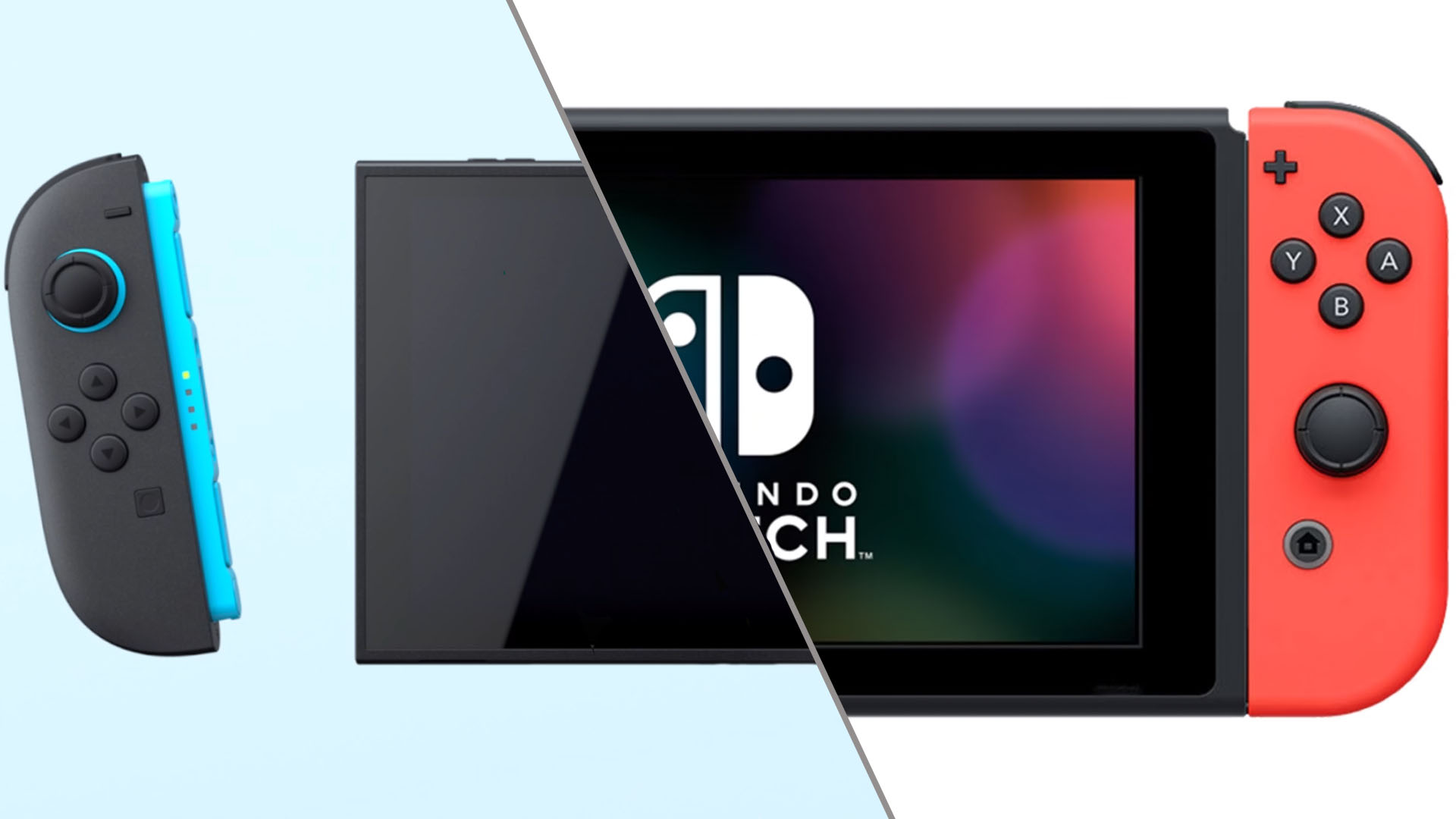
Nintendo’s Switch 2 direct fed us well this morning, but if that hefty price hike has you debating an upgrade, you’ve come to the right place.
It’s no secret the Laptop Mag staff is filled with gamers, and we’re also very fond of handhelds. But parts of Nintendo’s stream have us side-eyeing the new console. While mouse functionality does open up a whole host of other games, the chat and camera features are a bit lackluster.
And at that price?
However, there are still plenty of reasons an upgrade may still be the best choice. Newer hardware and more storage are two major advantages of the Switch 2, and eventually new Nintendo games will be unplayable on the OG Switch.
In fact, the current Switch lineup struggled with Pokémon Scarlet and Violet in 2022.
So, should you get the Switch 2? Let’s break it down.
Switch vs Switch 2: Pricing and configurations
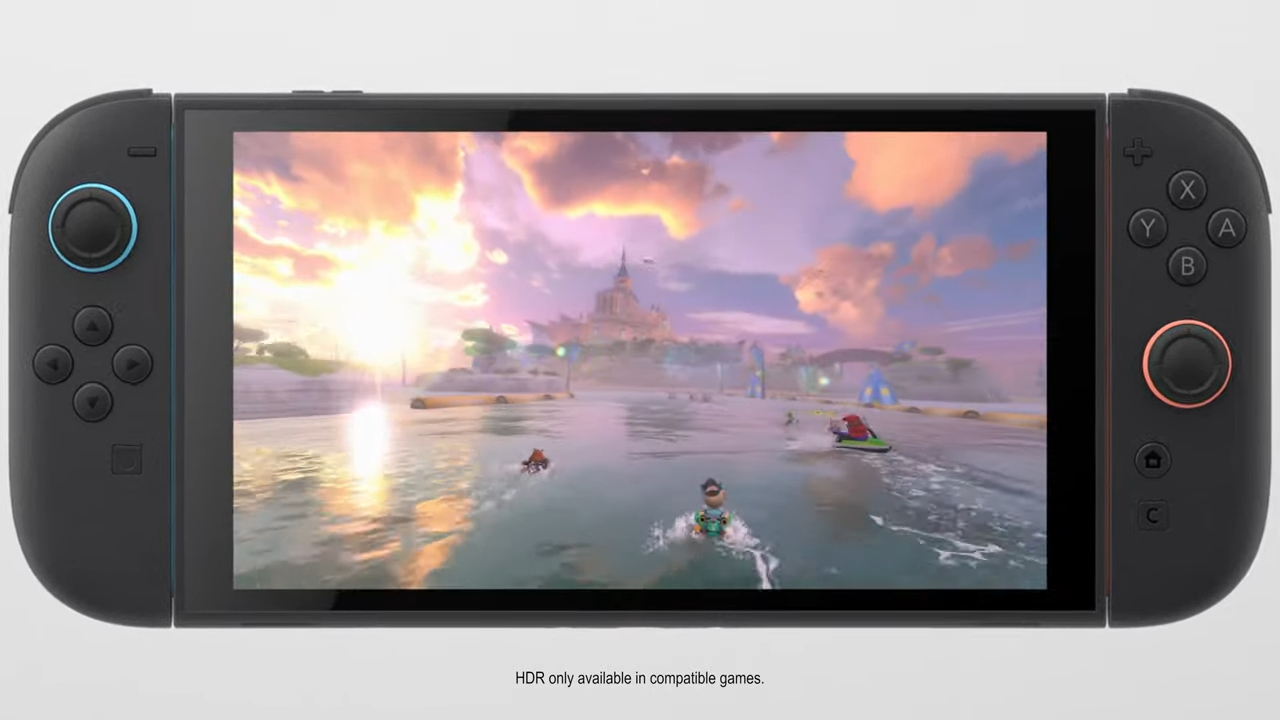
The Nintendo Switch launched at $299 in March 2017. The Switch OLED model increased the price to $349 in November 2021. You can still buy the base Switch console for $299, or opt for the Switch Lite, which starts at $199.
So the Nintendo Switch 2's $449 starting price is a bit higher than most would anticipate.
Get The Snapshot, our free newsletter on the future of computing
Sign up to receive The Snapshot, a free special dispatch from Laptop Mag, in your inbox.
However, the Switch 2 comes with 256GB of internal storage, a 7.9-inch LCD panel with a 1920 x 1080p resolution that can upscale to 4K (3840 x 2160) when in docked mode.
The Nintendo Switch is a handheld gaming classic and is rated as one of the best handheld consoles on the market.
Even as the Nintendo Switch 2 approaches, there's still plenty of life and fun to be found in Nintendo's eighth-generation game console, especially thanks to the OLED version's impressive 7-inch display.
Features: Vibrant 7-inch 1280 x 720 OLED display, 64GB of storage, microSD card support for extra storage, dock with wired LAN port for TV mode, and enhanced audio.
By contrast, the original Nintendo Switch has a 6.2-inch LCD panel with a max resolution of 1280 x 720p, and upscales to 1080p in docked mode. The original Switch also featured just 32GB of internal storage.
The Switch OLED model opted for a larger 7-inch OLED display and an internal storage capacity of 64GB.
Because those small 32GB and 64GB internal drives also had to host the Switch OS, gamers essentially needed to buy a microSD card alongside the Switch or Switch OLED to have game storage space. So those $299 and $349 price tags also came with a $50+ microSD card purchase.
While 256GB of storage on the Switch 2 isn't a lot compared to most modern games, which take up 60-100+GB of storage space, its enough to get at least a game or two without needing additional storage capacity. Which offsets some of the "invisible" costs of the original Switch lineup.
Yeah, a $150 price hike isn't what we love to see. But its a price hike that makes sense and feels earned based on the configuration options and hardware.
Switch vs Switch 2: New features
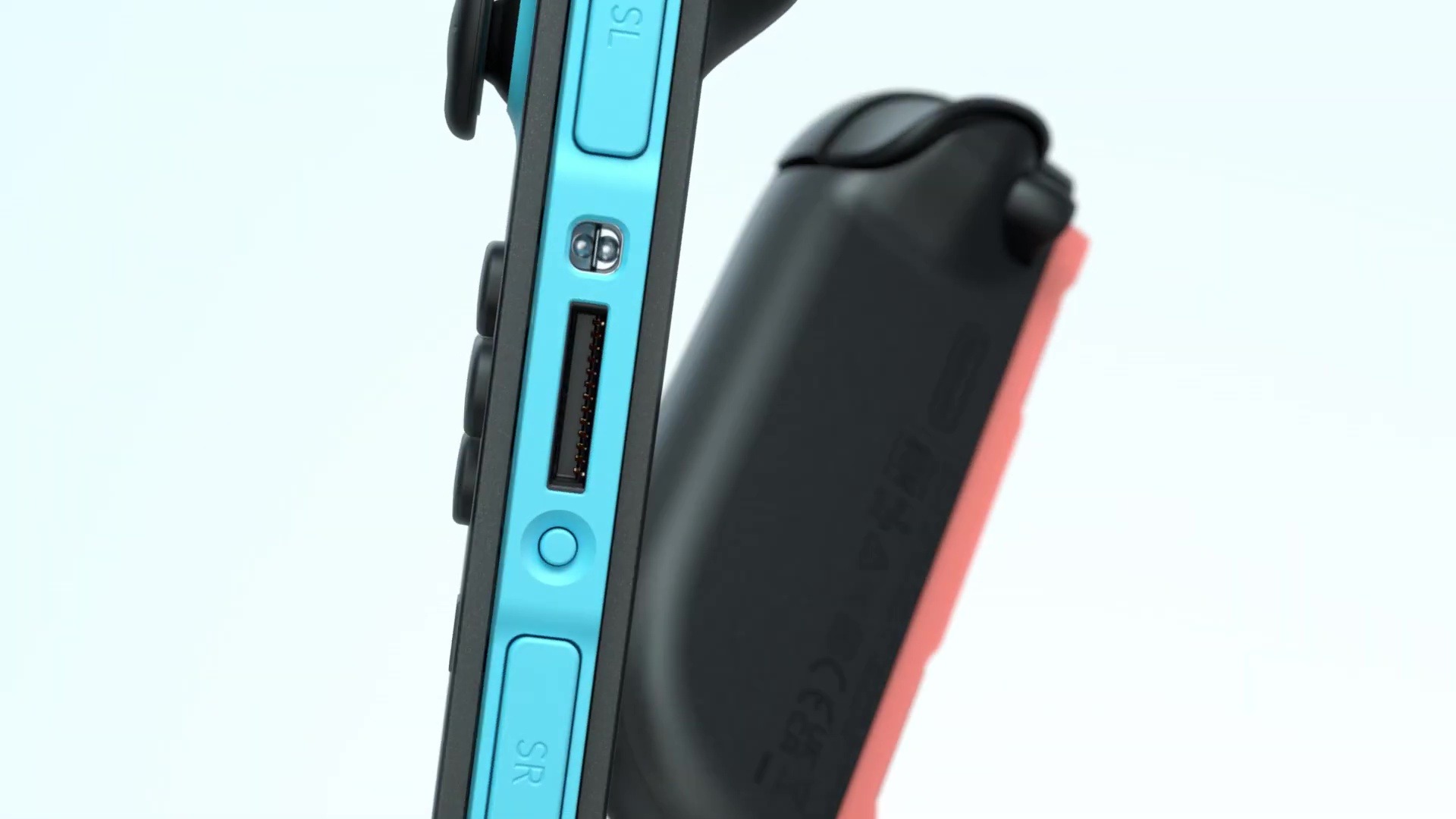
Like the original Switch, the Switch 2 comes with two Joy-Cons, a Joy-Con controller, and a dock to connect the console to a TV or monitor for your home setup.
The Switch 2's Joy-Cons are redesigned compared to the original, but much of the way they function is the same from the last generation.
So you might be wondering what's actually new with the Switch 2, outside of just a hardware upgrade and slightly redesigned chassis.
Well, the Switch 2 also features a purchasable camera, an integrated chat system, additional accessibility features like text-to-speech support, and mouse support.
They're not exactly flashy upgrades, but they are big quality-of-life improvements.
And when combined with the Virtual Game Card system to easily port over all of your Switch games to the Switch 2? Its not a bad list of features.
Switch vs Switch 2: Hardware
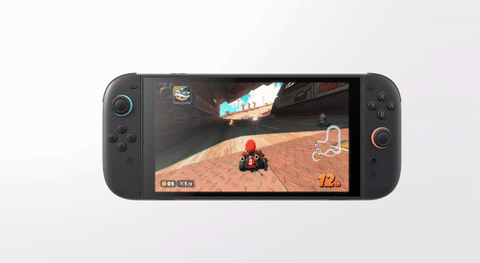
Nintendo is always very opaque when it comes to hardware, so we know the display and storage capacity, but as for the CPU and GPU?
The original Switch featured a custom Nvidia Tegra X1 processor with an integrated GPU. It's believed that Tegra X1 was a quad-core model built with ARM's Cortex A57 CPU cores and that the integrated GPU featured 256 CUDA Cores. But Nintendo never officially confirmed those specs, so this is just an estimate based on leaks and the Switch's launch performance.
Nintendo did upgrade its custom Nvidia Tegra X1 chip for the OLED model, though this didn't have a major impact on performance.
Nintendo is once again opting for a custom Nvidia chipset, but we don't yet know what model CPU that will be. Nvidia does have a license to make custom ARM cores, so it's likely this new Switch will have an arm-based CPU like the original.
Switch vs Switch 2: Games
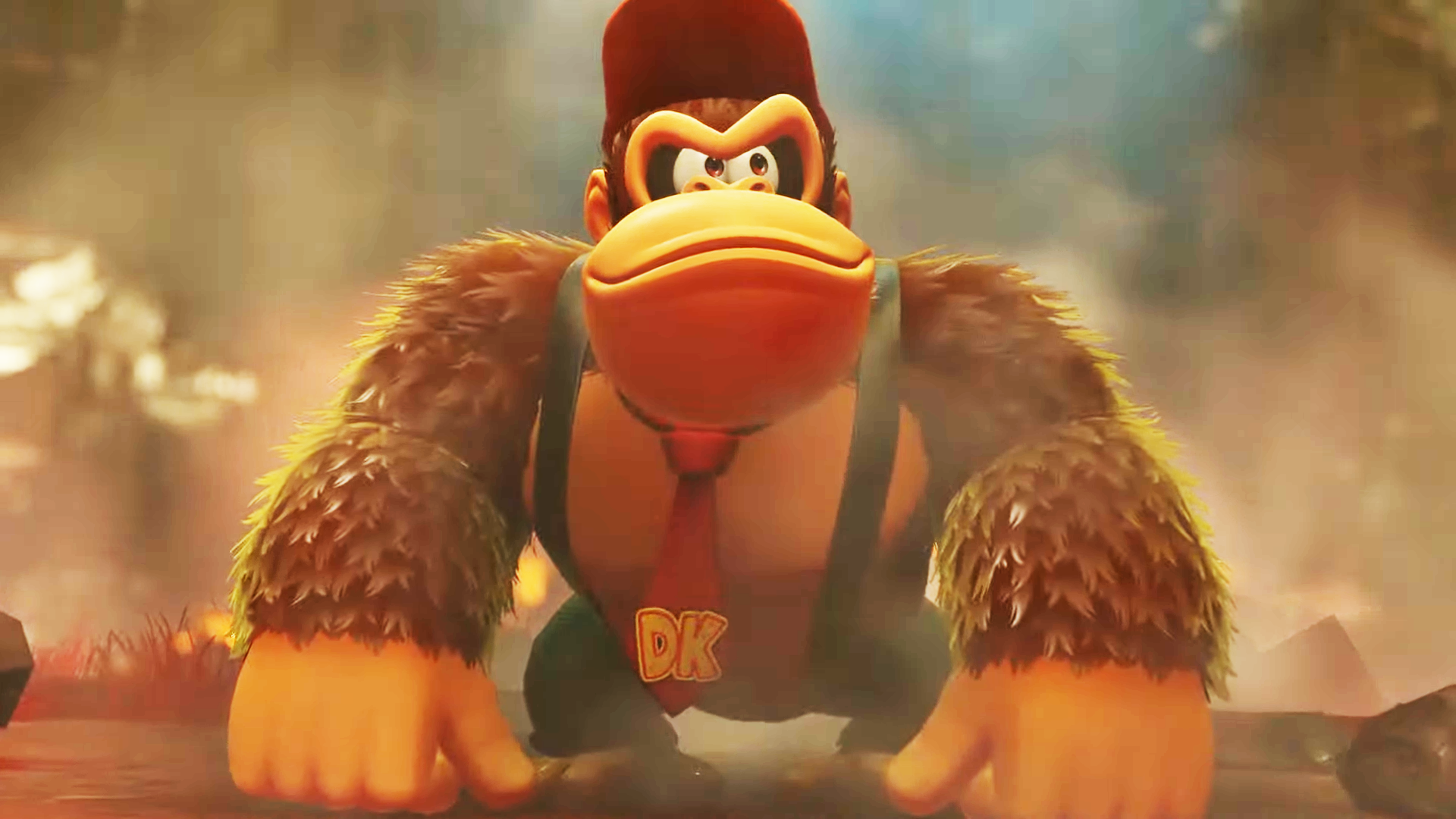
Since the Switch 2 is a game console, we've got to talk about the game library.
Nintendo is releasing new first-party games to go alongside the new hardware, including some console exclusives for the Switch 2. Some of the Switch 2 titles include new Nintendo games like Mario Kart World and Donkey Kong Bananza, as well as blockbuster third-party titles like Cyberpunk 2077 and Duskbloods.
Plus, with mouse support enabled on the Switch 2, there's a whole realm of point and click indie titles that could make the jump over to the Switch 2 library.
Nintendo will be porting the entire Nintendo Switch library to the Switch 2, so you don't need to worry about backwards compatibility.
Nintendo is also updating some of its biggest Switch titles, offering better performance, faster load times, and better graphics. So far, Nintendo has announced enhanced Switch 2 editions of major blockbuster games like The Legend of Zelda: Tears of the Kingdom and Kirby and the Forgotten Land.
Some of the Switch 2 exclusive titles could make it to the original Switch consoles at a later date, but that's not confirmed. So far the only new first party Nintendo game guaranteed to come to both console generations is Metroid Prime 4: Beyond.
Bottom line
If you’re still rocking the original Nintendo Switch as your handheld, you’re due for a hardware upgrade. After all, the Switch is about 8 years old at this point.
Whether you opt for the Switch 2 or a different gaming handheld is a personal choice, but if you love the Nintendo IP library, then the Switch 2 is a no-brainer.
Sure, emulators exist, but Nintendo has been known to crack down on emulator hosts and users in the past.
It's not a cheap console, but it's a worthy hardware upgrade that more than makes up for the increased cost.
More from Laptop Mag

A former lab gremlin for Tom's Guide, Laptop Mag, Tom's Hardware, and TechRadar; Madeline has escaped the labs to join Laptop Mag as a Staff Writer. With over a decade of experience writing about tech and gaming, she may actually know a thing or two. Sometimes. When she isn't writing about the latest laptops and AI software, Madeline likes to throw herself into the ocean as a PADI scuba diving instructor and underwater photography enthusiast.
You must confirm your public display name before commenting
Please logout and then login again, you will then be prompted to enter your display name.
